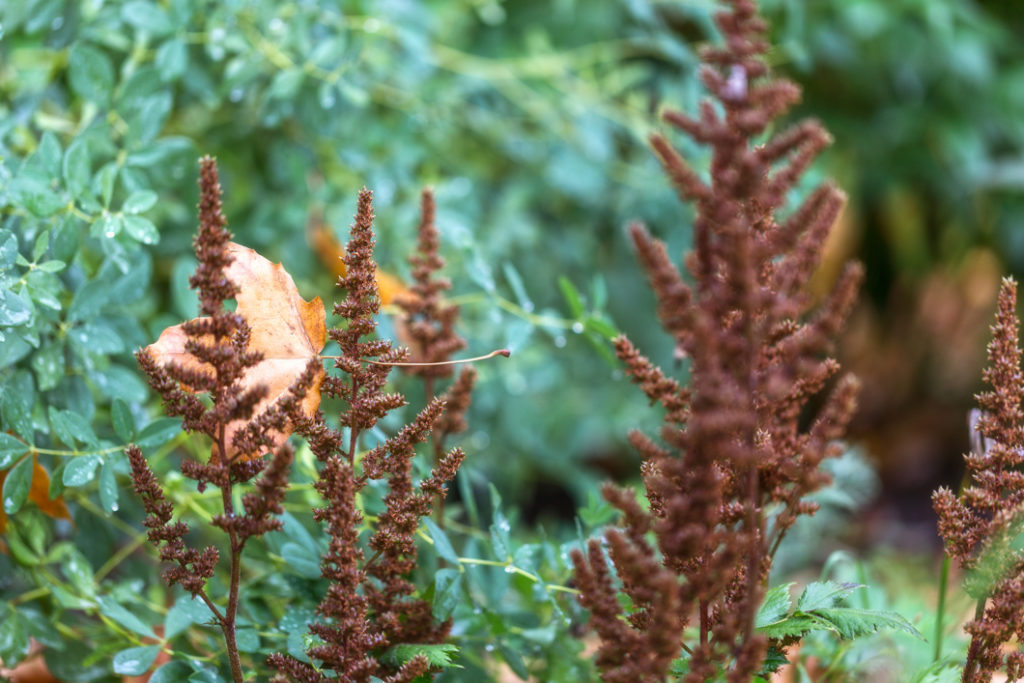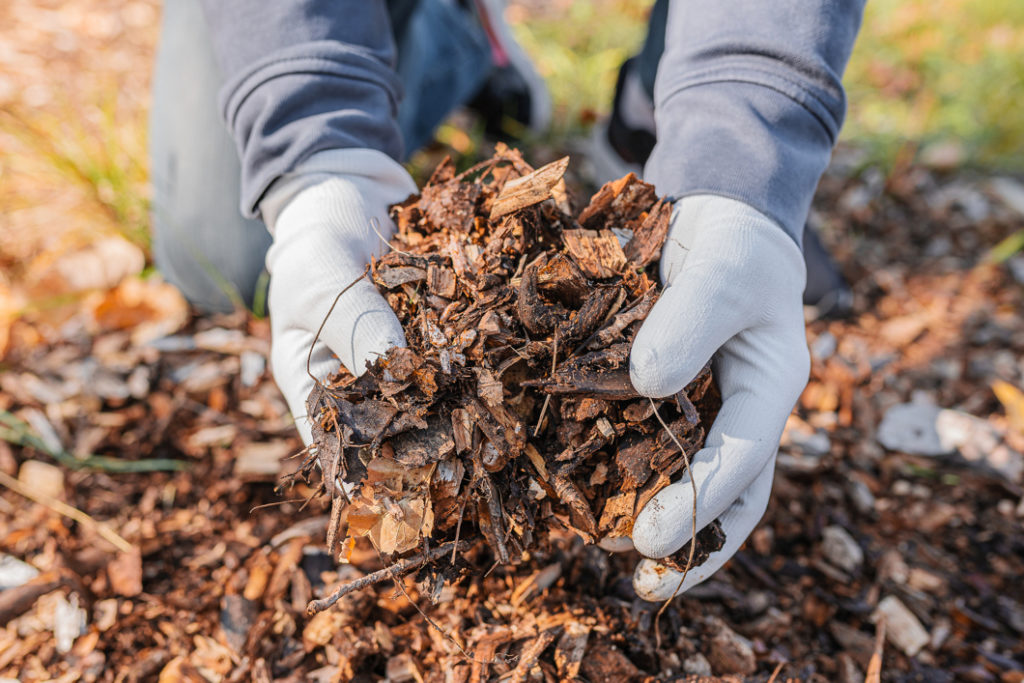Learn Why Pruning Astilbe In December Or January Is The Best Policy

PERENNIALS > ASTILBE > PRUNING

Elizabeth is a Permaculture Garden Designer, Sustainability Consultant and Professional Writer, working as an advocate for positive change. She graduated from the University of St. Andrews with an MA in English and Philosophy and obtained a Diploma in Applied Permaculture Design from the Permaculture Association.
Reviewed By ROY NICOL

Roy is a Professional Gardener and Horticultural Consultant, specialising in large garden year-round maintenance and garden development. He is an RHS Master of Horticulture and uses his research in the application of no-dig methods in ornamental garden settings. Roy has been a Professional Gardener for more than six years and is a member of the Chartered Institute of Horticulture, Professional Gardener's Guild and Association of Professional Landscapers (Professional Gardener).
ASTILBE GUIDES
Bare Root Planting
Container Growing
Division
Growing From Seed
Overwintering
Pruning
Varieties
Astilbe is a reliable and low-maintenance perennial that will thrive in a partially shaded and moist spot in your garden.
Gardeners will find that this plant requires very little care and that it is a great addition to a wildlife-friendly garden.
One simple and easy annual job when growing Astilbes is pruning your plants.
To prune Astilbe:
- Cut back faded stems after flowering, or wait until December or January. I typically recommend that you opt for the latter option.
- Cut off inflorescences (flowering stems) and foliage right to the base.
- Use the dead stems in flower arrangements indoors, or add all the materials to your compost heap.
Read on for a more in-depth explanation of this process.
| Difficulty | Easy |
| Equipment Required | Secateurs |
| When To Prune | December – January |
When To Prune
Deadheading Astilbes is not required and is not usually desirable.
There are really only two reasons why you may choose to do so, and many more reasons to leave the plants to go to seed and leave the dead flowering stems in place.
You may choose to remove the flowering stems as soon as the flowering is done:
- For aesthetic reasons
- To prevent the plants from self-seeding

Most people actually like the look of the brown spent flowering plumes, which can add depth and interest, and architectural form to the autumn and winter garden.
However, you may choose to remove these at the end of the flowering season if they do not fit in with your garden scheme or you do not personally find them appealing.
Occasionally, Astilbes may self-seed if they are happy where they are grown.
However, this is not all that common and even when these plants do self-seed, they are not going to take over.

So, self-seeding is usually viewed as beneficial where it does occur.
However, if for some reason you do wish to prevent this, you can prune back your Astilbes as soon as the flowering is done.
That said, there are plenty more reasons not to deadhead, and to leave the Astilbe unpruned until December or January.

Pruning in December or January is the best policy because:
- Most people agree that the dead inflorescences still look good – adding structure and interest to an autumn and early winter garden.
- Leaving the flower heads to go to seed offers the chance of self-seeding, where this may be viewed as beneficial. It will take a few years for seeds to grow into flowering plants, but this could be a free way to get new plants for your garden.
- The seed heads and the foliage also provide food and habitat for a range of wildlife in your garden, so leaving pruning until a little later is the best choice in a wildlife-friendly garden.
- Pruning before spring arrives is a good idea because it reduces the chances of pest or disease problems relating to rotting foliage and overcrowding, and makes way for new growth which will emerge in the early spring.
1) Prune Stems & Foliage To The Base
The pruning itself really could not be any simpler.
All you have to do is take a clean and sharp pair of secateurs or gardening shears and cut off all the vegetation of the plant right down to ground level.
2) Use Or Compost The Dead Stems
It is best not to leave the plant material that you have cut lying around, since Astilbes can sometimes be more prone to pests or diseases, such as powdery mildew, if you leave the debris in place.
Instead, consider whether you would like to use the dead stems in floral arrangements inside your home.

These can look rather attractive with dried flower arrangements over the winter months.
If you do not wish to make use of the plant material in this way, remember that you should return the nutrients it contains to your garden.
Add all the pruned material from your Astilbes to your compost heap with other organic materials, where it will rot down and make a valuable compost which can be added as a mulch around Astilbes and all your other perennial plants in the spring.
